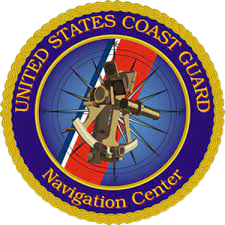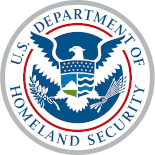|
The addressed safety related message could be variable in length, based on the amount of safety related text. The length should vary between 1 and 5 slots.
|
Parameter
|
Number of bits
|
Description
|
|
Message ID
|
6
|
Identifier for Message 12; always 12
|
|
Repeat indicator
|
2
|
Used by the repeater to indicate how many times a message has been repeated. 0-3; 0 = default; 3 = do not repeat any more
|
|
Source ID
|
30
|
MMSI number of station which is the source of the message.
|
|
Sequence number
|
2
|
0-3
|
|
Destination ID
|
30
|
MMSI number of the station which is the destination of the message
|
|
Retransmit flag
|
1
|
Retransmit flag should be set upon retransmission: 0 = no retransmission = default; 1 = retransmitted
|
|
Spare
|
1
|
Not used. Should be zero. Reserved for future use
|
|
Safety related text
|
Maximum 936
|
6-bit ASCII as defined in Table 47
|
|
Maximum number of bits
|
Maximum 1 008
|
Occupies up to 3 slots, or up to 5 slots when able to use FATDMA reservations.
For Class B “SO” mobile AIS stations the length of the message should not exceed 3 slots
For Class B “CS” mobile AIS stations the length of the message should not exceed 1 slot
|
The table below gives the number of 6-bit-ASCII characters so that the whole message fits into a given number of slots. It is recommended that any application minimizes the use of slots by limiting the number of characters to the numbers given, if possible. The probability that a message will be successfully sent and received decreases with each additional slot required:
|
Number of slots
|
Maximum 6-bit ASCII characters
|
|
1
|
10
|
|
2
|
48
|
|
3
|
85
|
|
4
|
122
|
|
5
|
156
|
(Source: Rec. ITU-R M.1371-5)
|

